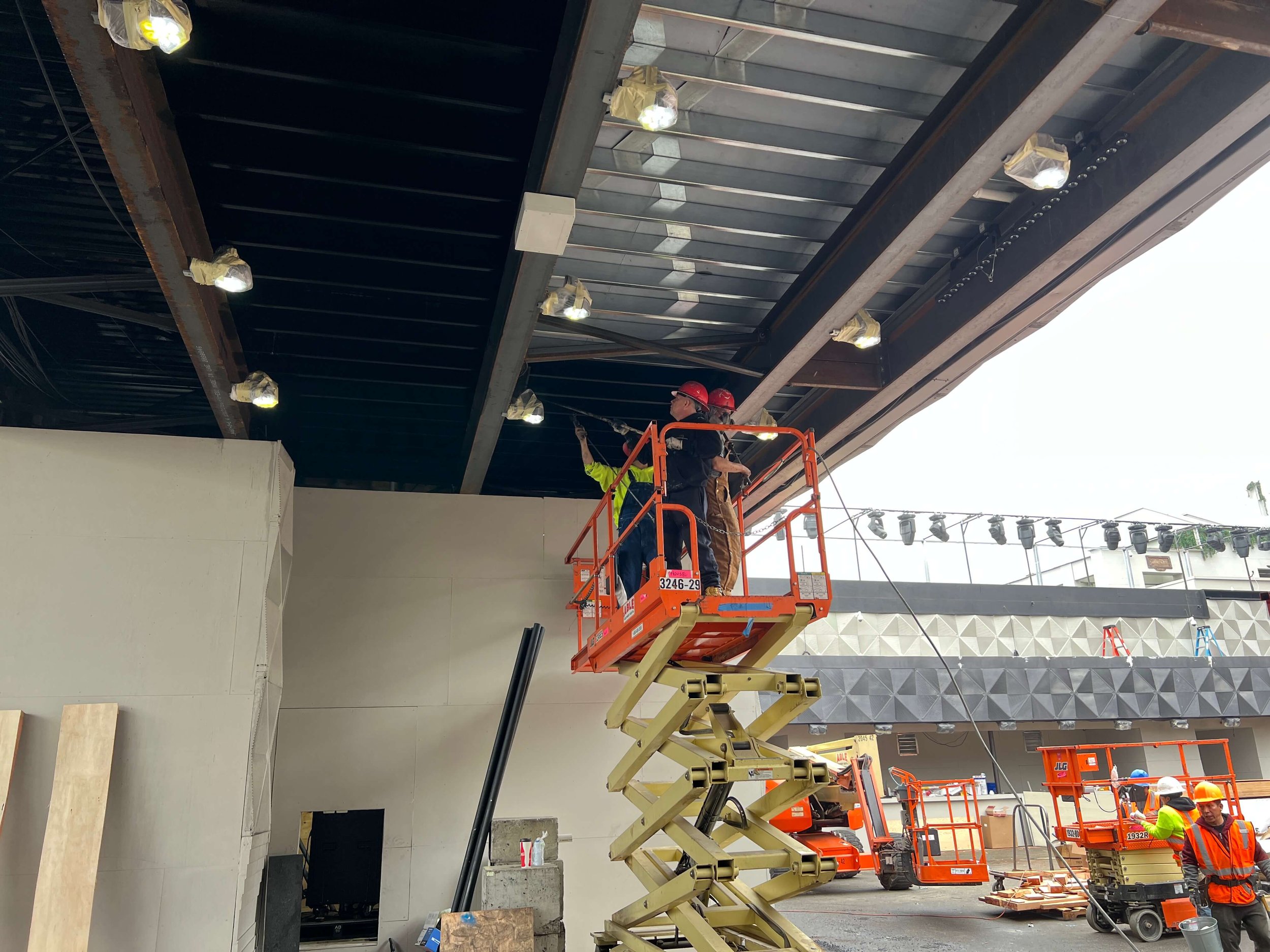Intumescent Fireproofing Contractor
The premiere intumescent painting contractor serving:
NYC, Westchester County, Northeast New Jersey
NYC and New Jersey Fire Retardant Coatings Application
Fire retardant coatings are used to create protective barriers. Our paint crews are experienced in prepping surfaces and applying intumescent paint on I-beams, columns and posts, walls, floors, inside or out.
Intumescent Coatings Contractor
It’s a real win-win in the function-appearance department when you can combine a serious fireproofing and fire retardant product with an attractive outcome. Intumescent paints may include components of epoxy, acrylic, urethane and/or other ingredients fora quality polymer coating which resists fire and can slow the spread of destruction. The coating swells when it gets seriously hot, creating a substantial barrier protecting structural materials. This novel passive fire resistor is also effective protecting against corrosion and abrasion and in harsh chemical and UV environments.
Structural Steel Fireproofing
Addressing fire safety is imperative in the greater New York City and New Jersey regions given the density of buildings and population. Let Paintworks be your new go-to for all things paint-related, including highly specialized approaches for industrial and commercial fire safety considerations.
Fire Stop Contractor
Most frequently used in factories, warehouses and industrial structures, the paint can also be found in hotels, schools, hospitals and commercial buildings. It helps in meeting fire codes as well. The thin film coating can handle extremely high temperatures over a long time.
Intumescent paint advantages:
Durable
Affordable
Long-lasting
Resists high heat, corrosion, abrasion, UV
Helps meet fire codes
Protects steel and other substrates
Reduces fire incidence and spread
Can be applied in new construction or existing buildings
Professional, experienced team at Paintworks to get the job done
Fireproofing Essentials
Fireproofing is a valuable method of protecting a building or parts of a building from fire damage or destruction. The general intent is to prolong a fire from finding a wall, ceiling or space for one, two, three or four hours, the most common hourly ratings. Ideally, in that time frame, firefighters and equipment will have arrived and extinguished any blaze. The required hourly rating is often called out in building codes and depends on the type and use of the structure.
The New York City Fire Department is the busiest in the nation, responding to some 40,000 fires per year. More than half of these are structure fires. The city, home to more than 8 million residents, supports 218 firehouses and more than 10,000 uniformed fire personnel.
Residential roofing, interior walls, floors, and ceilings should all have been designed or updated to meet fire rating requirements. Commercial and industrial buildings also have to meet local building codes, and extra protection with fireproofing is always a good idea.
Cementitious fireproofing is the most common form of spray fireproofing. The material is Portland cement or gypsum based and mixed with water in special equipment. The wet product is then sprayed via compressed air to the required thickness for the desired rating. Once this dries, a new barrier is formed protecting what is adjacent. Some fireproofing material is more highly rated for environmental conditions, like freeze-thaw cycles or high moisture places.
Intumescent fireproofing can expand to more than 20 times its volume when exposed to high heat. This can serve as a barrier during a fire, again ideally with the local fire department arriving quickly on the scene and defeating the fire danger. Even steel needs fireproofing, as it can melt around 2,500°F, thereby weakening the structural support.
Commercial and industrial businesses can gain not only a boatload of peace of mind, but also a sufficient amount of time to protect storage rooms, spaces and equipment with an extra fireproofing barrier. Time is money, it really is, and any disruption in business hours, loss of merchandise and/or building damage can cost thousands in renovation, repair and payroll and closures.



